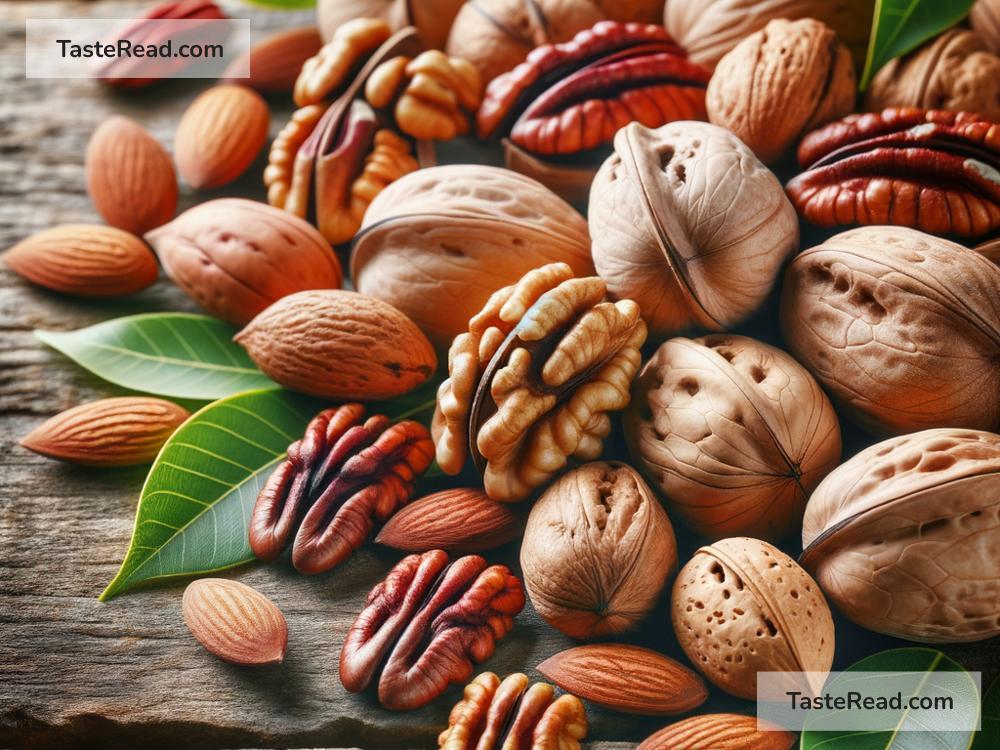Cooking with Native Nut Varieties for Reduced Impact
In recent years, there’s been a growing interest in making our kitchens more eco-friendly, not just through the appliances we use or the way we recycle but also in the ingredients we choose. Among these ingredients, nuts play a vital role in numerous cuisines around the world. However, not all nuts have the same environmental footprint. That’s where native nut varieties step into the limelight, offering a delicious and sustainable option for reducing our impact on the planet. Let’s explore how incorporating these local treasures into our cooking can make a big difference.
What are Native Nuts?
Native nuts are varieties that grow naturally within a specific region or ecosystem, without needing extensive agricultural or importing efforts. These could vary widely depending on where you are in the world. For instance, in North America, pecans and black walnuts are native nuts, while Australia boasts the Macadamia nut as its native offering. The beauty of native nuts lies in their adaptation to local climates and soils, making them more sustainable to grow compared to imported or non-native varieties that can require more water, pesticides, and other resources.
Environmental Benefits
Choosing native nuts can have a significant positive impact on the environment. First, by growing nuts that are suited to the local environment, there’s less need for chemical fertilizers and pesticides. Native plants tend to be more resistant to pests and diseases, reducing the need for such chemicals which can harm the ecosystem. Second, they require less water, an important consideration in areas prone to drought. Lastly, by opting for locally grown nuts, we reduce the carbon footprint associated with transporting nuts over long distances.
Nutritional and Flavor Advantages
Native nuts aren’t just good for the planet; they’re fantastic for our health too. Nuts are known to be nutrient-dense snacks, packed with healthy fats, proteins, fiber, vitamins, and minerals. Native varieties, being adapted to their environment, may also have unique nutritional profiles. Beyond their health benefits, native nuts offer a spectrum of flavors and textures that can enhance various dishes. From the creamy richness of macadamias to the robust earthiness of black walnuts, these nuts can introduce new and exciting elements to your cooking.
How to Incorporate Native Nuts Into Your Cooking
Integrating native nuts into your kitchen repertoire can be both a delicious and environmentally conscious decision. Here are a few ideas to get you started:
- Baking: Swap out common nuts for native varieties in recipes like cakes, cookies, and bread. The unique flavors can add an interesting twist to familiar baked goods.
- Salads: Toasted native nuts can add crunch and nutrition to salads. They pair well with both leafy greens and fruit salads.
- Pesto and Sauces: Pesto traditionally made with pine nuts can be reinvented with native nuts for a local flavor profile.
- Snacking: Simply roasting and seasoning native nuts can make for a healthy, satisfying snack that’s packed with flavor.
Supporting Local Agriculture
Choosing to cook with native nuts not only benefits the environment and enriches our diet but also supports local farmers and agriculture. Buying native nuts, especially from farmers’ markets or local producers, helps to sustain the local economy and encourages the preservation of native plant varieties. It’s a win-win for both our health and the community.
Where to Find Native Nuts
Finding native nuts can be an adventure in itself. Farmers’ markets are a great place to start, as are local natural food stores and co-ops. Some online retailers and specialty stores might offer a selection of native nuts as well. If you’re keen on a more hands-on approach, foraging for nuts in the wild is possible in some areas, though it’s important to know what you’re looking for and to forage responsibly.
Conclusion
Cooking with native nut varieties is a flavorful journey towards a more sustainable future. As we become more conscious of our environmental footprint, small choices like opting for native nuts can have a big impact. Beyond their ecological and nutritional benefits, native nuts can introduce us to new tastes and textures, making our culinary explorations all the more enriching. So next time you’re reaching for a bag of nuts, consider going native. It’s a small step towards a healthier planet and a delicious way to support your local ecosystem.


